Self-Injury Awareness Month
As March ends, it is important to highlight the topic of self-injury given that this month is dedicated to increasing awareness around this commonly misunderstood behavior. For clinicians, we see all sorts of destructive behaviors and must continually assess their function, what maintains them, and how to help clients with extinguishing them to get to a life that is healthy and meaningful. We must determine if a destructive behavior can truly be defined as self-injury. For loved ones, it can be much more challenging to figure out what is happening. Self-injury can wreak havoc on family dynamics and relationships because it incites panic, feelings of helplessness, and often appears insurmountable. It is important for support persons to understand, for many self-injurers, that the behavior helps them feel relief during a time that is fraught with distress, loss of control, intense emotions, and uncertainty about the future. The difficulty with self-injury is that it is often in response to a deeper, underlying core issue, but because it is so scary for loved ones, the focus becomes the self-injury, and the root cause can often be minimized or overlooked.
Self-injury is defined as the intentional breaking of bones, damage to any bodily surface, and any type of assault to the body, that is done without the intention of ending one’s life, but rather to alleviate emotional distress. According to Dr. Michael Hollander, PhD, a top expert in the field, approximately 80% of those who engage in self-injury use it to practice decreasing their emotional distress, so they are essentially self-regulating. The other, approximately 20%, use it to “up-regulate” or to feel “something” when they experience numbness or a sense of disconnection. The adolescent population has the highest rate of self-injurious behavior (17%) when examined next to other groups. Sadly, the average age that self-injury begins is 13 years old.
There is a common misconception that self-injury is done for attention. According to Dr. Hollander, this only applies to a small percentage of self-injurers because the behavior is usually hidden, which means they are not seeking attention from others. There is also a small subset that use self-injury to avoid some averse situation, emotion, or task. The self-injury phenomenon can bring about a wide range of emotions, from confusion to sheer terror, for parents because it often brings the question of whether the child/adolescent is suicidal. An individual that engages in self-injury does not necessarily want to die; it can sometimes be quite the opposite, rather they are fighting to survive by coping, in perhaps, the only way they know to get rid of the flames burning inside of them. Clinicians can help guide families through the process of finding hope and healing by conducting extensive assessments using specialized training and sound clinical judgment.
Despite the terrifying nature of self-injury there is a gold standard treatment specifically developed to target this behavior and its underlying causes: Dialectical Behavior Therapy (DBT). This evidence-based treatment, developed by Dr. Marsha Linehan, teaches skills to help with emotion regulation, increased awareness through mindfulness, tolerance of distressing situations and crises, and cultivating more effective relationships with self and others. For the treatment of self-injury, a comprehensive DBT treatment approach is more effective than a DBT informed model, according to research, and is comprised of four main components: weekly individual therapy sessions with a trained DBT therapist, completion of a full cycle of DBT skills classes (adults will sometimes require two rounds of classes), use of phone coaching to help with applying skills in real world situations, and a consultation team for the therapist providing the treatment. There is also a family component to DBT that encourages family therapy or individual skills building for parents/support persons. The goal is to give the self-injurer a toolkit that offers tangible skills to manage vulnerabilities without harming themselves. If you or someone you know is coping with self-injury, please reach out to us to schedule an assessment. There is hope!
Stay tuned for upcoming blogs on comprehensive DBT!
Things to try in the moment:
Distraction: pick something safe to do like music, art, or watching an engaging video clip
Exercise
Talk to a trusted support person
Self-soothe: take a warm shower, use essential oils
Avoid substances: these can decrease self-control, which increases the risk for self-injury
Resources:
Understanding Self-Harm | NAMI: National Alliance on Mental Illness
